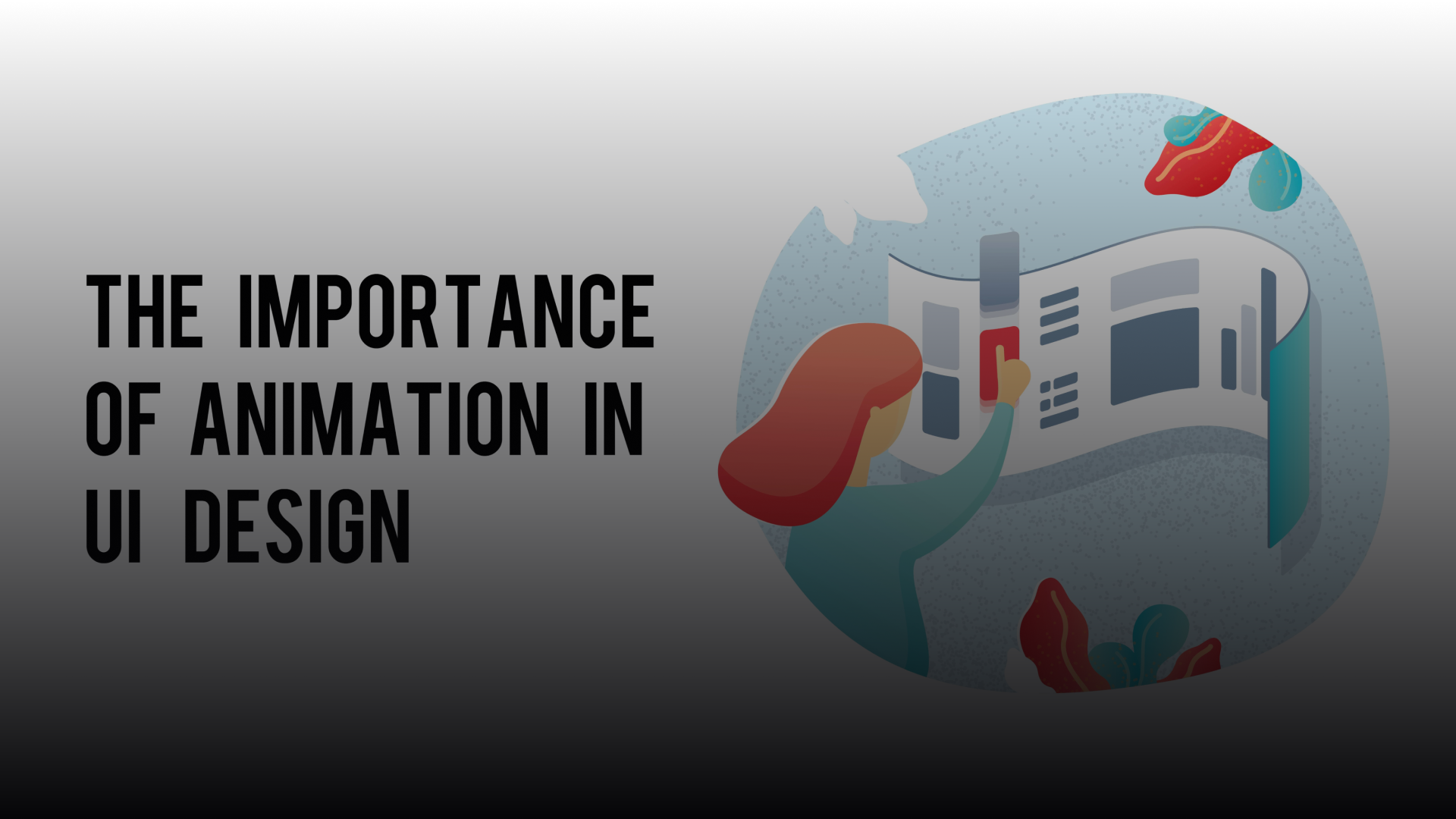In the ever-evolving landscape of mobile app design, aesthetics and functionality go hand in hand. As users demand more engaging and intuitive experiences, designers are turning to UI animation as a powerful tool to elevate user interfaces. In this blog post, we unravel the significance of UI animation in app design and why it has become a crucial element for creating visually appealing and user-friendly mobile applications.
Enhancing User Engagement:
UI animation is not merely about adding eye-catching visuals; it’s a strategic approach to enhance user engagement. Motion in design attracts attention and guides users through the app seamlessly. Whether it’s a subtle transition between screens or a captivating loading animation, these elements contribute to a more immersive and enjoyable user experience.
Creating Intuitive Interactions:
UI animation serves as a visual language that communicates with users. It helps in conveying the hierarchy of information, indicating interactive elements, and providing feedback on user actions. When done thoughtfully, animations can make the user interface more intuitive, reducing the learning curve for new users and making the overall navigation more user-friendly.
Fostering Visual Continuity:
Smooth transitions and animations contribute to visual continuity, creating a cohesive and polished look for the app. Consistency in design instills a sense of reliability and professionalism, building trust with users. UI animations, when applied consistently throughout the app, contribute to a seamless and visually pleasing experience.
Guiding User Attention:
Strategic use of UI animation can guide user attention to key elements on the screen. Whether it’s highlighting a call-to-action button or drawing attention to important information, animations serve as a visual cue, ensuring that users focus on the most relevant content. This not only improves the user experience but also helps in conveying essential information effectively.
Improving Perceived Performance:
Perceived performance is a crucial aspect of user satisfaction. Even if the actual performance of an app is optimal, a sluggish or unresponsive feel can leave a negative impression. UI animation, when used judiciously, can create the perception of a faster and more responsive app, enhancing the overall user satisfaction and keeping them engaged.
Boosting Brand Personality:
UI animation is an opportunity to infuse personality into an app. Whether it’s a playful loading animation or a unique transition between screens, animations can reflect the brand’s identity and create a memorable impression on users. This not only sets the app apart from competitors but also contributes to a positive emotional connection with the audience.
Conclusion:
In conclusion, the significance of UI animation in app design cannot be overstated. It goes beyond mere visual appeal; it is a powerful tool for creating a delightful and user-centric experience. From enhancing engagement and guiding user attention to fostering visual continuity and improving perceived performance, UI animation plays a pivotal role in shaping the success of a mobile application. Designers and developers alike should embrace the potential of UI animation to create apps that not only look stunning but also provide an intuitive and enjoyable journey for users. As the mobile app landscape continues to evolve, UI animation will remain a key element in crafting compelling and competitive digital experiences.

